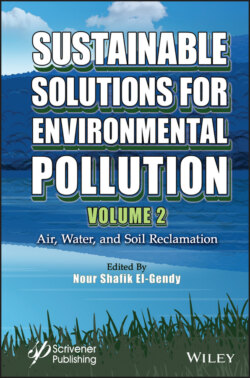Читать книгу Sustainable Solutions for Environmental Pollution, Volume 2 - Группа авторов - Страница 62
1.14.2 Micropollutants Sorption
ОглавлениеTo study the kinetics of sorption, on plants or sediments, of any micro-pollutant (metal or organic micropollutant), two factors should be considered: 1) how much micropollutant is attracted by the sorbent; 2) to which extent this micropollutant is retained on sorbent in an immobilized form. In order to study the sorption kinetics, sorption performance must be taken into consideration, which starts with sorption isotherms. A sorption isotherm is the plot of uptake of a substance (q) versus equilibrium solute concentration in the solution (Cf). For studying the isotherm plots, the physiochemical parameters (e.g., pH and temperature) are kept constant, whereas the micropollutant concentration is varied. Sorption isotherms are typically described by two models: 1) Freundlich; and 2) Langmuir (Abbas et al., 2014). The Freundlich model is a non-linear sorption model which involves monolayer sorption of metal with active sites and is described by continuous interactions between adsorbed molecules. The Langmuir model describes the monolayer sorption of micropollutant with active sites and do not involve interactions between adsorbed molecules (Abbas et al., 2014; Abdi and Kazemi, 2015).
